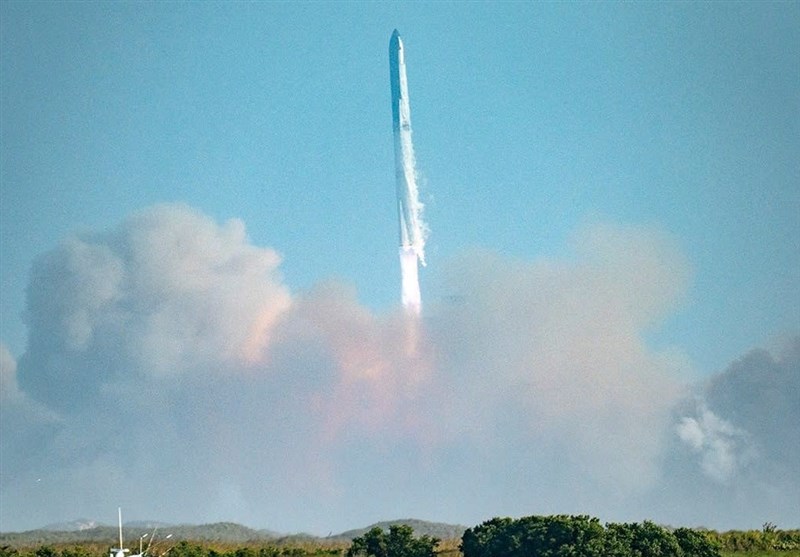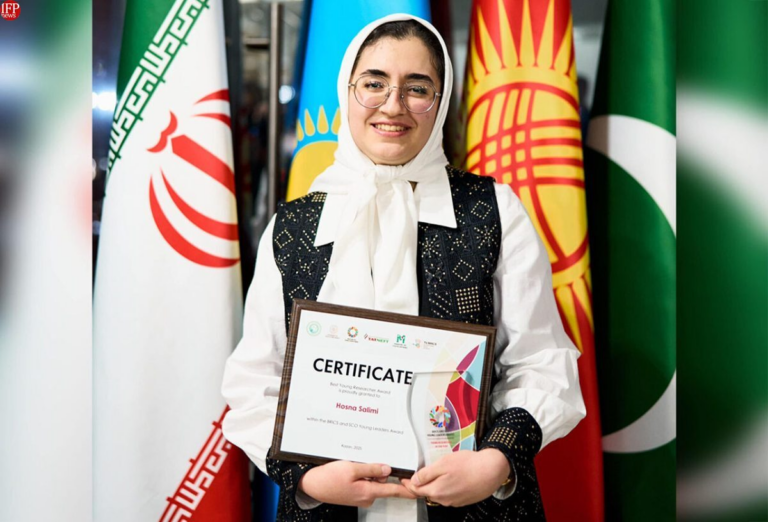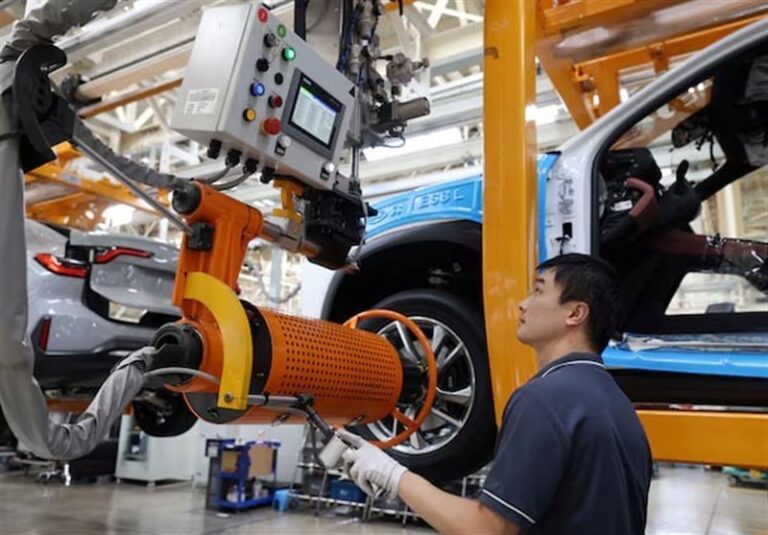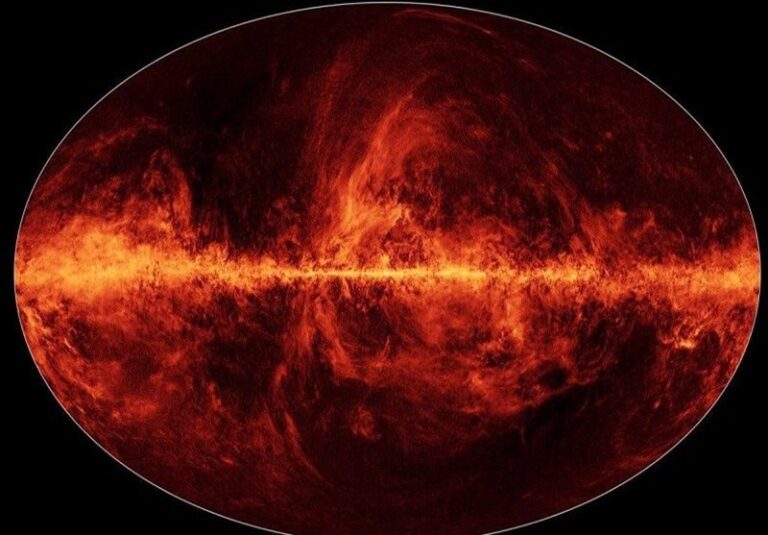
Similar Posts

Tehran Judiciary Leverages AI Technology to Uncover Financial Networks in Fuel Smuggling Crackdown
The implementation of artificial intelligence (AI) in tracing financial networks related to fuel smuggling operations marks a significant advancement in Tehran’s judicial efforts. This move is aimed at combating the serious issue of fuel smuggling, which has become a critical challenge for the region’s economy. Recently, Ali Alqasi, the Chief Justice of Tehran Province, shared…

University of Tehran Student Honored as BRICS and SCO Young Researcher of the Year!
Hosna Salimi, an Iranian PhD student in Indian Studies at the University of Tehran, has been awarded “Young Researcher of the Year” at the 2025 BRICS and SCO Young Leaders Award ceremony in Kazan, Russia. Competing against over 400 participants from 13 countries, Salimi’s recognition underscores her significant contributions to research relevant to contemporary issues in BRICS and SCO nations. Nominated by the Asian Mayors Forum, her achievement reflects the university’s commitment to fostering global talent. This accolade highlights the importance of young leaders in addressing global challenges and serves as an inspiration for aspiring researchers and leaders.

China Urges AI Experts to Steer Clear of US Travel Amid Security Concerns: WSJ Report
Chinese authorities have advised AI researchers and entrepreneurs to avoid travel to the U.S. due to security concerns about sharing sensitive information and the risk of detention, reminiscent of past incidents involving Huawei. This directive affects major AI firms and includes strict travel protocols. Meanwhile, China’s manufacturing sector shows signs of growth, with an official purchasing managers’ index (PMI) rising to 50.2 in February, indicating recovery fueled by stimulus measures. Policymakers are focusing on increasing fiscal spending and monetary easing to counter economic pressures amid escalating U.S.-China trade tensions, including new tariffs announced by former President Trump.

Trump’s Layoffs Threaten Vital Cancer Research Breakthroughs
Dozens of NIH employees were recently laid off under a Trump administration executive order, sparking backlash amid a breakthrough in cancer treatment. This decision coincided with a pivotal study in Nature Medicine showing personalized immunotherapy’s promise in shrinking tumors in gastrointestinal cancer patients. Experts worry that layoffs will delay critical care and hinder research, with at least two patients already facing treatment delays. NIH’s staffing cuts threaten ongoing projects and future advancements, raising concerns about the impact on cancer care, particularly as gastrointestinal cancers rise among younger Americans. The medical community stresses the urgent need for continued innovation in cancer treatment.

Iran Strengthens Ties: Key Agreements Signed During Communications Minister’s Visit to Cuba and Venezuela
Iran’s Minister of Communications, Sattar Hashemi, recently concluded a six-day visit to Cuba and Venezuela, focusing on technological diplomacy. His trip resulted in significant agreements, including contracts for telecommunications equipment, plans for a fiber optic factory, and a technology park. In Venezuela, Hashemi emphasized strengthening ties between Iranian and Venezuelan tech companies, leading to cooperation agreements in telecommunications and information technology. In Cuba, discussions with Deputy Prime Minister Eduardo Martinez centered on AI and robotics, with Iran offering training for Cuban personnel. The visit marks a strategic move for Iran to enhance its presence in regional tech markets and foster international collaborations.

Revolutionary 3D Map of Milky Way’s Interstellar Dust Unveiled by Astronomers
Astronomers have created the first three-dimensional map of interstellar dust in the Milky Way, enhancing astronomical observations and understanding of astrochemistry and galactic evolution. Led by doctoral student Zhang Xiangyu at Germany’s Max Planck Institute, the research utilized data from China’s LAMOST telescope and the ESA’s Gaia observatory. This extensive catalog covers dust properties for over 130 million stars, reaching 16,308 light-years. The map reveals correlations between dust characteristics and star formation, challenging previous assumptions and suggesting new mechanisms for organic matter growth. This groundbreaking work promises significant insights for astrochemical research and the origins of life.